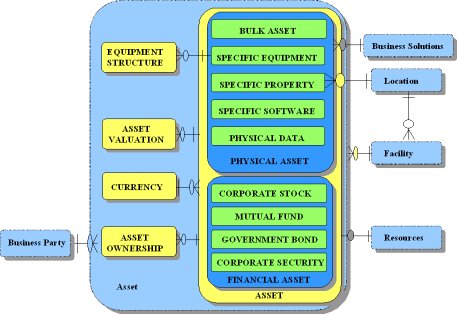 |
Universal Model Framework Edition |
The Visible Advantage Universal Model Framework Edition can be used to fulfill the ideal of total model reuse through familiar objects and patterns. The key to this approach is to consider a model as constructed of reusable component; i.e., object classes. Every model contains fairly common object classes developed over and over again in different guises. Each object class is named after a central entity called a "kernel".
The Visible Universal Model Framework has two levels of views - the object-view and object-class-views named for each of the kernel entities. The object-view provides a big picture perspective of how the object classes relate to one another. An object class view consists of a number of entities that are closely coupled to the "kernel" entity. These closely coupled entities are viewed as properties of the "kernel" entity. The object class may also reference entities that are a part of another object class view. Entities "belonging" to other object class views (properties of other object classes) are located within the object class view without view authorities to aid in visualization of object class relationships. For example, the entity LOCATION is referenced by a number of other object class and is, therefore, visible within each of the other referenced object class views.
By raising the level of abstraction we are able to generalize about the object classes and their relationships within a single model - thus, the Visible Universal Model Framework .

Visible's Universal Model Framework is based on a data model containing:
The model is fully normalized with a high level of abstraction making the model reusable. Each of the object classes is centered around a "kernel" entity. The kernel entities were established based on their relevance in the business environment. Closely related data are grouped by subject area referred to as business objects.
The Universal Model Framework is normalized to "fifth business normal form," which means that it truly is relational and can capture business rules as data, i.e., as static values for entity instances (and tables that are readily changeable).
The following list presents some of the object classes used in the Universal Model Framework :
- Activity
- Asset
- Check
- Contact
- Contract
- Cost Center
- Currency
- Document
- Financial Product
- Internal Organization
- Location
- Market Segment
- Organziation
- Performance
- Person
- Physical Asset
- Price
- Product
- Service
- Statement Account
|







